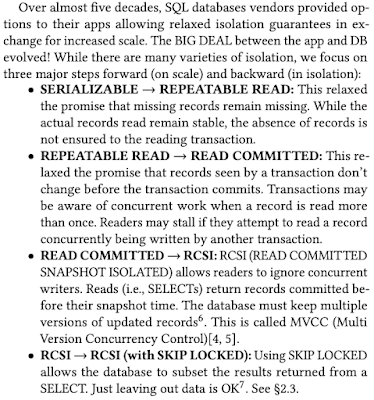My Time at MIT
Twenty years ago, in 2004-2005, I spent a year at MIT’s Computer Science department as a postdoc working with Professor Nancy Lynch. It was an extraordinary experience. Life at MIT felt like paradise, and leaving felt like being cast out.
MIT Culture
MIT’s Stata Center was the best CS building in the world at the time. Designed by Frank Gehry, it was a striking abstract architecture masterpiece (although like all abstractions it was a bit leaky). Furniture from Herman Miller complemented this design. I remember seeing price tags of $400 on simple yellow chairs.
The building buzzed with activity. Every two weeks, postdocs were invited to the faculty lunch on Thursdays, and alternating weeks we had group lunches. Free food seemed to materialize somewhere in the building almost daily, and the food trucks outside were also good. MIT thrived on constant research discussions, collaborations, and talks. Research talks were advertised on posters at the urinals, as a practical touch of MIT's hacker culture I guess.
Our research group occupied the 6th floor, which was home to theory and algorithms. From there, I would see Tim Berners-Lee meeting with colleagues on the floor below. The building’s open spaces and spiral staircases connected every pair of floors to foster interaction. The place radiated strong academic energy. One evening, I saw Piotr Indyk discussing something in front of one of the many whiteboards on the 6th floor. The next morning, he was still there, having spent the night working toward a paper deadline. Eric Demaine was on the same floor too. Once, I sent a long print job (a PhD thesis) accidentally to his office printer, and he was angry because of the wasted paper.
Nancy Lynch set a great example for us. She is a very detail-oriented person and she was able to find even the tiniest mistakes in the papers with ease. She once told me that her mind worked like a debugger when reading a paper, and these bugs jumped at her. The way she worked with students was that she would dedicate herself solely on a student/paper for the duration of an entire week. That week, she would avoid thinking or listening other works/students, even when she wanted to participate. This is because, she wanted to immerse and keep every parameter about the paper she is working on in her mind, and grok it.
People in Nancy's group were also incredibly sharp—Seth Gilbert, Rui Fan, Gregory Chockler, Cal Newport, and many other students and visiting researchers. Yes, that Cal Newport of "Deep Work" fame was a fresh PhD student back then. Looking back, I regret not making more friends, and not forging deeper connections.
Lessons Learned
Reflecting on my time at MIT, I wish I had been more intentional, more present, and more engaged. The experience was a gift, but I see now how much more I could have made of it.
I was young, naive, and plagued by impostor syndrome. I held back instead of exploring more, engaging more deeply, and seeking out more challenges. I allowed myself to be carried along by the current, rather than actively charting my own course. Youth is wasted on the young.
Why pretend to be smart and play it safe? True understanding is rare and hard-won, so why claim it before you are sure of it? Isn't it more advantageous to embrace your stupidity/ignorance and be underestimated? In research and academia, success often goes not to the one who understands first, but to the one who understands best. Even when speed matters, the real advantage comes from the deep, foundational insights that lead there.
When you approach work with humility and curiosity, you learn more and participate more fully. Good collaborators value these qualities. A beginner’s mind is an asset. Staying close to your authentic self helps you find your true calling.





Comments
The last paragraph is really good, thanks for the post!